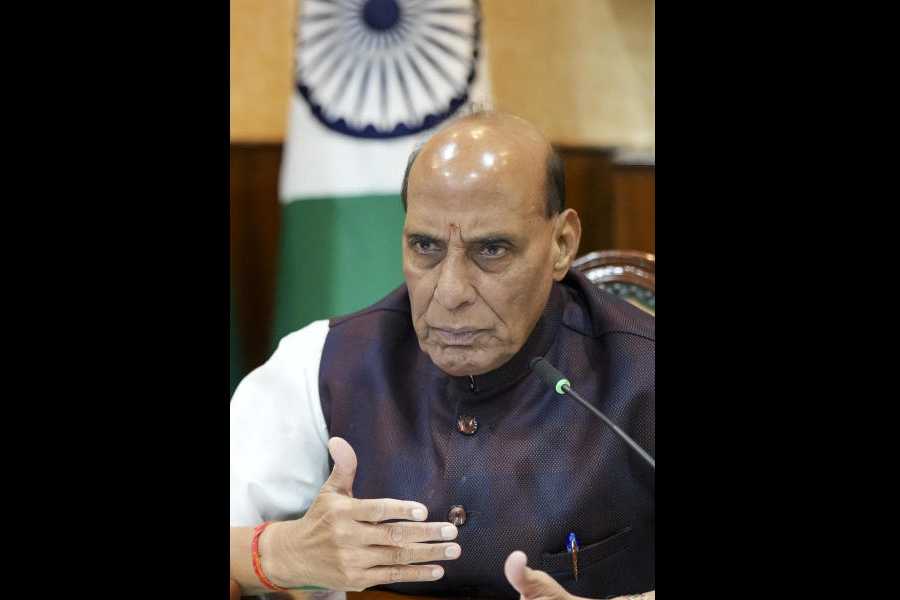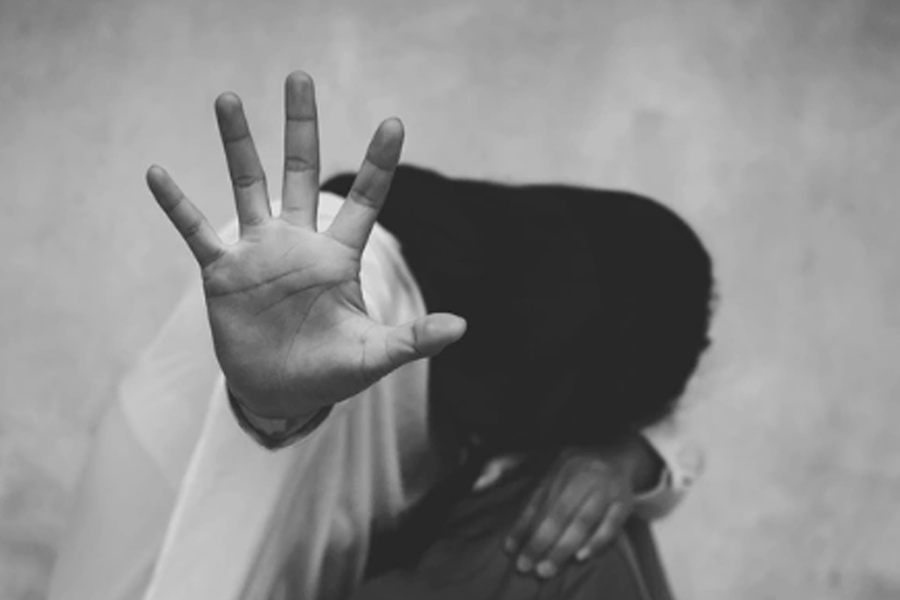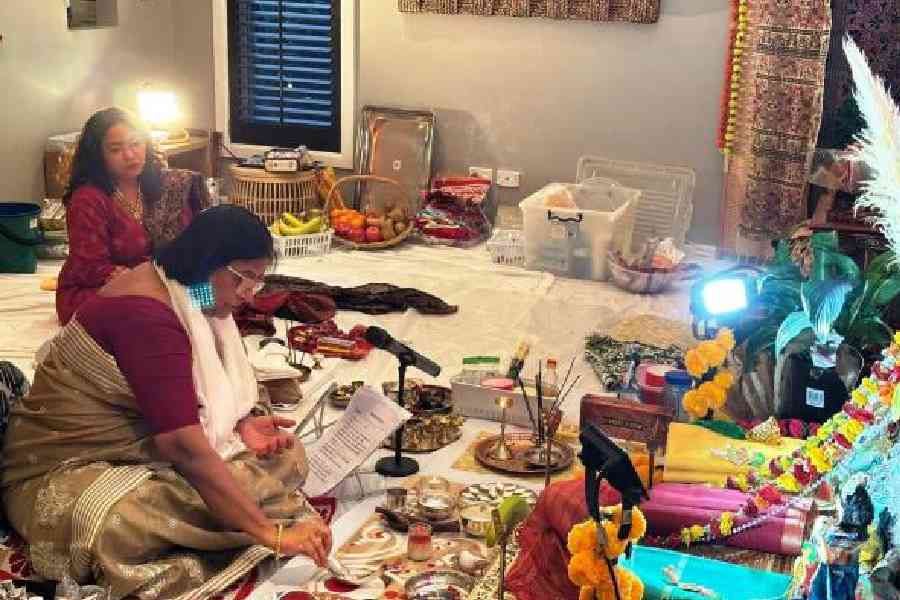.jpg)
Golpark: When Lord Jagannath is kept away from public view for 15 days before the chariot festival, three paintings of the sibling trinity take the place of the wooden deities at Puri temple.
This practice is at the root of the patachitra tradition of Odisha and was the subject of discussion at the Ramakrishna Mission Institute of Culture on Saturday. The occasion was the release of a book titled Patachitra of Odisha and Jagannath Culture by Anita Bose.
Pata paintings are integral to the identity of Odisha, said Jayanti Rath, superintendent of Bhubaneswar State Museum.
The gods fall sick after they are bathed during Snan Yatra. "The period is called anasara or anavasara. The doors of the sanctum are closed and three paintings - Sesha Deva Ananta (Seshnaga), Narayana and Bhuvaneswari - are put up on a bamboo frame. Another small painting, called Nilmadhavapati or Dadhivamanapati, is hung at the eastern entrance to substitute Jagannath's Patita Pavana image. Painters have been recruited in the lord's service down the generations to paint the anasarapati. So the tradition of pata painting was well established by the time Rathyatra started," said Rath.
Rath cited Nityachara Paddhati, a 14th century Smriti work, which mentions the role of pata paintings in temple rituals.
Sridhar Maharana, a President's Award-winning patachitra painter from Raghurajpur in Odisha, who paints Lord Jagannath's anasarapati, said: "Once the wooden idol is ready, a piece of cloth is pasted on it with gum made of camphor, resin etc. Then it is polished and painted upon with various designs. This cloth is called pata."
Five colours, he pointed out, were initially used in the four idols - black for Jagannath, white for Balaram, yellow for Subhadra, yellowish orange for Sudarshan and red for all four. Blue started being used after Sri Chaitanya, who spent some years in Puri, expressed a partiality for it. Other colours gradually got added to the patachitra palette. "These days, as many 14-15 colours are used for commercial purposes," he said.
Bose spoke of the contribution of the American Friends Service Committee, a Quaker organisation formed to assist civilian victims of World War I, in reviving patachitra. "A member Helena Zealey, whose husband Philip visited India on work, was fascinated by the dying art and worked for its regeneration in the 1950s."
RK Mission monks spoke of the patachitra tradition in Midnapore. "Housewives there sing beautiful songs depicting figures on their scroll paintings. But this traditional art form is not financially viable," lamented Swami Suparnananda, secretary of RK Mission Institute of Culture.

.jpg)








